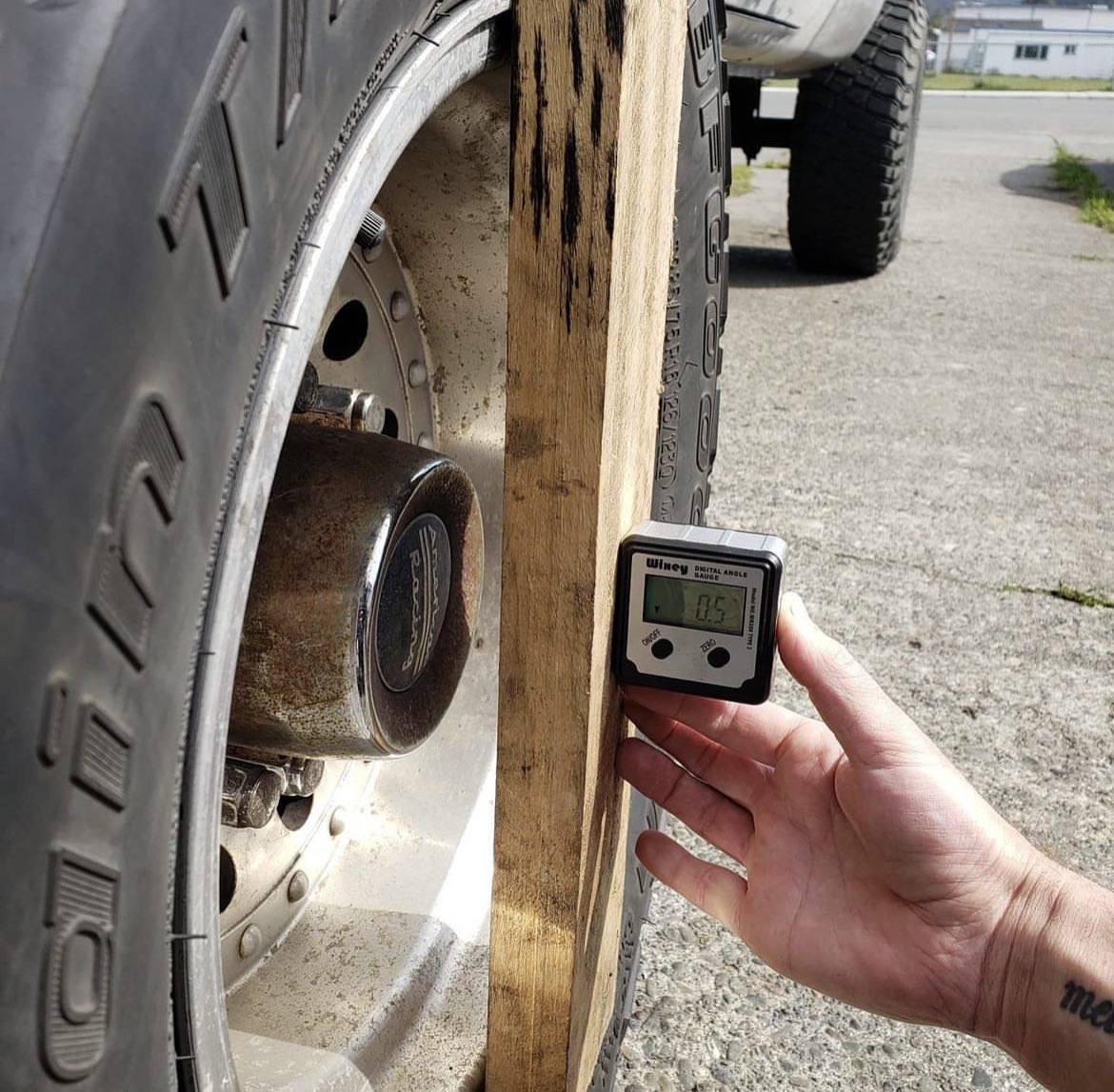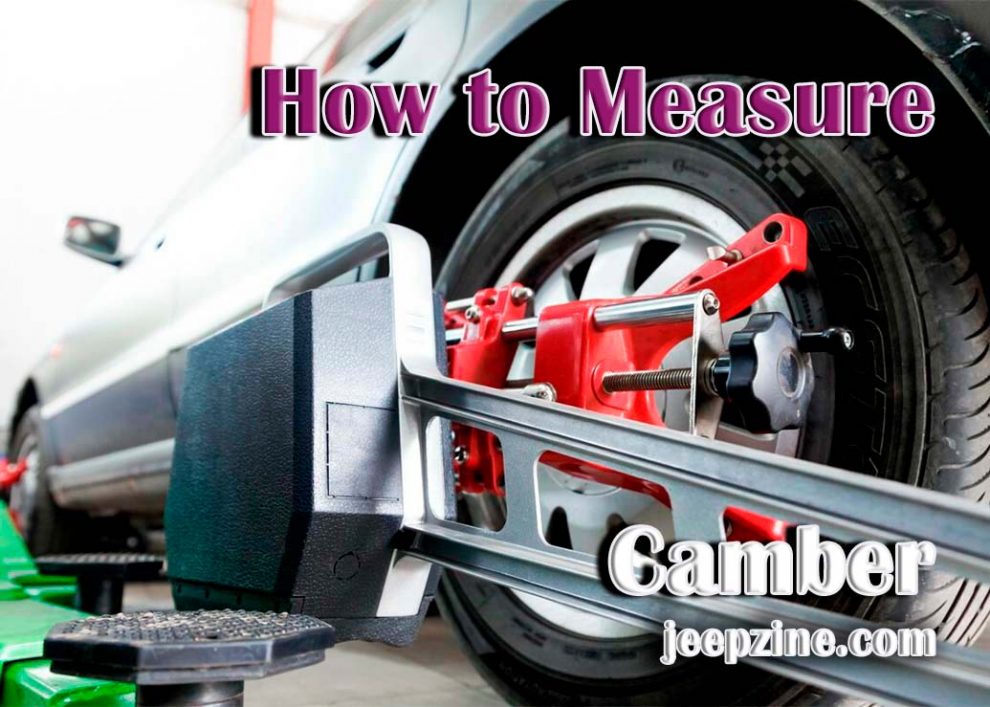Camber is an essential part of a car’s suspension system. It refers to the angle of the wheels in relation to the car’s chassis. Positive camber occurs when the top of the wheel is farther out from the centre line than the bottom, while negative camber means that the top of the wheel is closer to centre line than at the bottom. Generally, positive camber improves cornering at high speeds, while negative camber can improve grip during braking and low-speed cornering. Camber can be adjusted depending on a driver’s needs and preferences or according to certain driving conditions, such as on uneven roads or tracks with sudden turns. Properly adjusted camber helps lower rolling resistance by reducing tire wear, improving contact between wheels and road surface for better traction and steering response.
How Does Camber Affect Vehicle Performance?
Camber has a significant effect on the handling and performance of a car. Too much camber can lead to increased tire wear, while too slight camber can cause the car to feel unstable and prone to understeer when cornering. Poorly adjusted camber settings can cause uneven wear on tires, resulting in reduced grip and increased risk of skidding. Properly adjusted camber ensures maximum contact between the wheel and road surface, which in turn helps improve grip during cornering at high speeds or in wet conditions. Additionally, properly adjusted camber improves fuel economy by reducing rolling resistance from tire drag.
What Tools Are Needed to Measure Camber?

Additionally, bubble gauges are often utilized to measure camber by placing them against the wheel and observing the bubble’s position. String alignment kits can also be employed, providing a method to visually determine the camber angle by comparing the distances between the strings and the wheels. Lastly, digital camber gauges offer a digital display of the camber angle, providing a quick and precise measurement.
Step-by-step Instructions on Measuring Camber
To ensure proper alignment, it’s important to be able to measure and adjust camber as needed. Here are some step-by-step instructions on how to measure camber:
-
Chock your vehicle’s front and rear wheels before beginning measurements. It will prevent movement during measurement and ensure accuracy.
-
Start by measuring the caster first using a caster/camber gauge or bubble leveler (it’s important to note that these gauges can also measure both caster and camber). Place the gauge on a flat surface such as a garage floor or driveway, then place your wheel in line with it so that one side is facing toward you and one side away for you to take measurements.
-
Securely attach your caster/camber gauge or bubble leveler onto your wheel according to manufacturer instructions, ensuring it is positioned correctly for accurate readings (this may require adjusting the bar length).
-
Take a reading with your gauge by holding it steady while at eye level with the wheel hub. If using a digital readout, record this number as this is your current camber reading for this wheel position – if using an analog type of bubble leveler, look for where the bubble sits in relation to two lines on either side which denote positive (+) or negative (-) angles respectively (the further away from center line indicates more deviation from zero degrees).
-
Repeat steps 3 and 4 for each remaining corner so you have three readings total – left front, right front, left rear and right rear – these numbers will indicate what kind of adjustment needs to be done, if any!
-
Finally, compare all four readings with factory specs given by manufacturer guidelines (specs can usually be found in the owner’s manual) to determine if any adjustment needs to be made.
Conclusion
Measuring and adjusting camber can be difficult but easier with proper knowledge and tools. Understanding how camber affects performance is important to ensure your vehicle is properly aligned for optimal performance. Additionally, knowing how to measure camber accurately will help you get accurate readings so that any adjustments effectively improve performance. You can now correctly measure and adjust camber angles by following these instructions today!


Add Comment